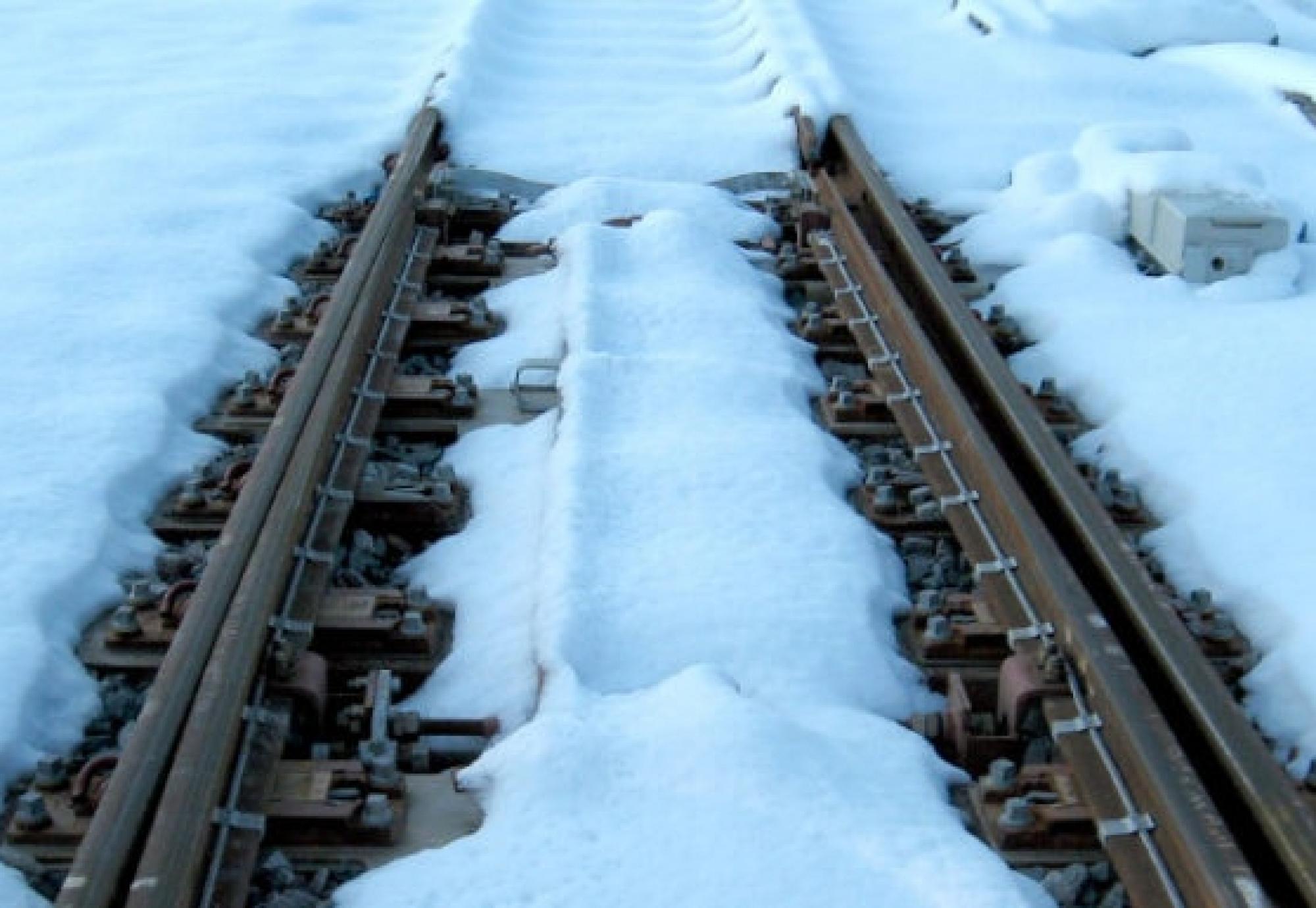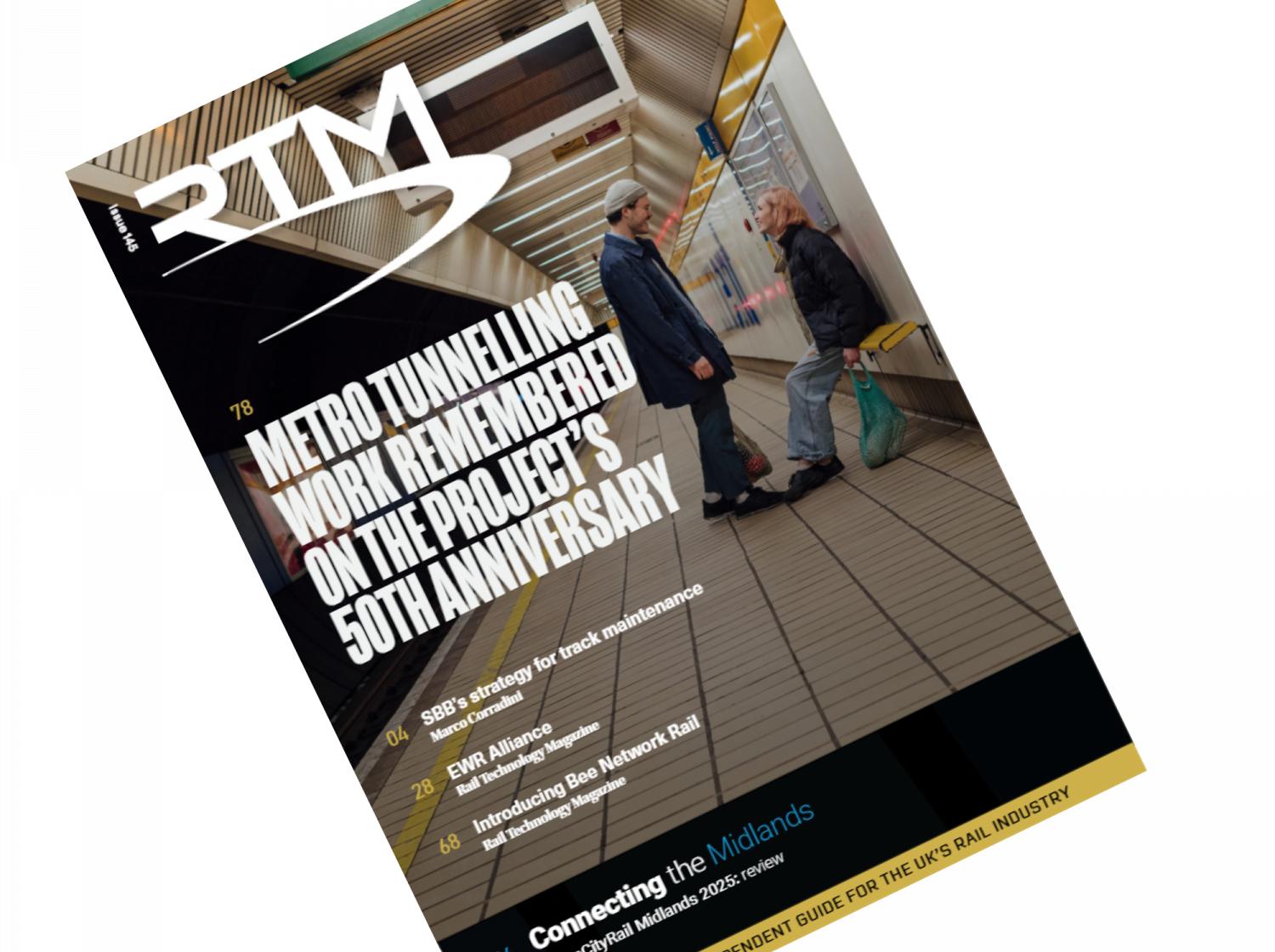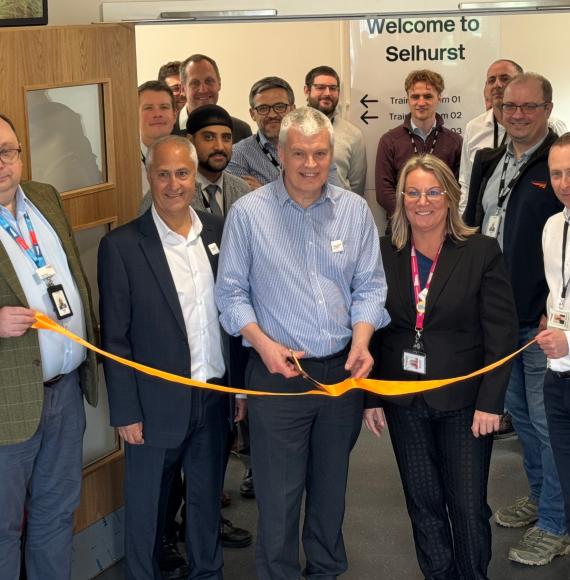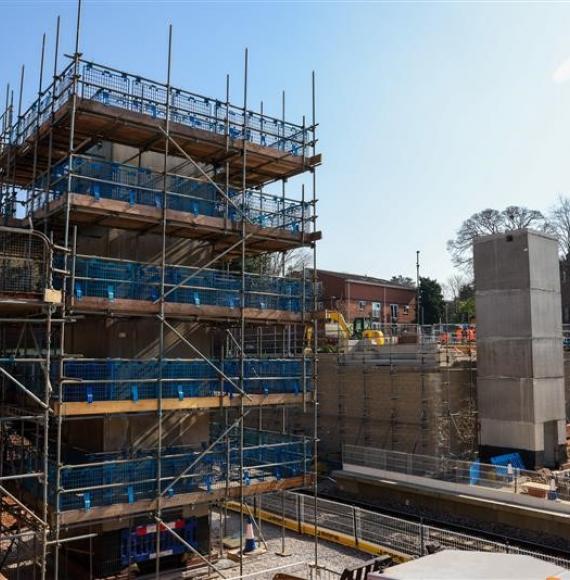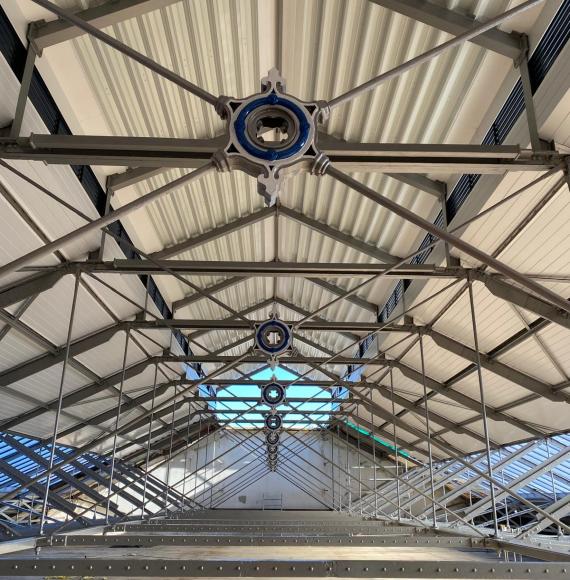Significant cost and carbon reductions will be delivered through an industry-leading initiative joint developed by Network Rail, AtkinsRéalis, Balfour Beatty and TSO, as the Central Rail Systems Alliance (CRSA).
Planned track renewals will expand the number of “points heating systems” at many critical UK rail routes to prevent the build-up of snow and ice – boosting the reliability of operations during cold conditions in winter.
Rolling out this technology would normally bring significant increases in energy consumption – so much so that electricity demand at up to 20 sites along the network was forecast to exceed current electricity supply arrangements, risking costly and disruptive energy infrastructure upgrades.
But Network Rail’s Eastern Routes capital programmes (track) engineering team and CRSA’s recommendation for a reduction from 200 Watts/metre to 150 Watts/metre for point heating systems has now been implemented by Network Rail as a National Variation and policy change. This is an example of the CRSA jointly delivering efficiencies and driving for continuous improvement.
An extensive thermal modelling exercise, conducted by AtkinsRéalis on behalf of the CRSA, identified energy efficiency gains and recommended a change in standards to avoid over £3.6m that would have been spent upgrading power networks, which would also have delayed track upgrades by many months.
Initial implementation in Network Rail’s Eastern region has already eliminated the need for planned Distribution Network Operator (DNO) upgrades at Northallerton and Black Carr, where implementation of the change has brought energy demand back within existing supply capacity. The policy change is expected to save millions of pounds across the network annually based on estimated average savings of £190,000 per applicable site.
Alongside the cost and carbon savings, the initiative also removes inherent safety risks by avoiding the need for workers on site to physically install new DNO and lineside equipment.
Steve Hughes, Network Rail project director, said: “This initiative demonstrates our commitment to collaborative working, stakeholder engagement and what can be achieved through a collective approach to finding more efficient solutions and ensuring we spend public money wisely, while continuing to operate a safe, efficient and reliable railway. Recognising that track cannot be 100% resilient to the extremes of cold weather, this approval of this variation will continue to maintain our high standards of safety and performance, in putting passengers first, whilst reducing costs and our carbon footprint.”
Keith Prentice, director at AtkinsRéalis said: “This initiative is a perfect example of the need to approach the industry’s challenges creatively to find ways to reduce financial pressures and environmental impact. This change in standards has high potential across the entire UK rail network, allowing for more targeted and strategic investment in the upgrade and renewal of the UK’s rail networks.”
Alan Atkins, CRSA Alliance Director, said: “This breakthrough in thermal modelling exemplifies the power of collaboration within the CRSA, delivering smarter, more efficient solutions for the railway. By reducing energy demand and cutting costs, we’re not only ensuring a more resilient network but also making a significant contribution to sustainability and future-proofing rail infrastructure.”
The initiative emerged from Network Rail's Minimum Viable Product (MVP) approach for Control Period 7 (CP7), which provides a guiding framework to ensure projects are scoped to provide for customers’ needs but with lower cost, more efficient designs.
Image credits: Network Rail

